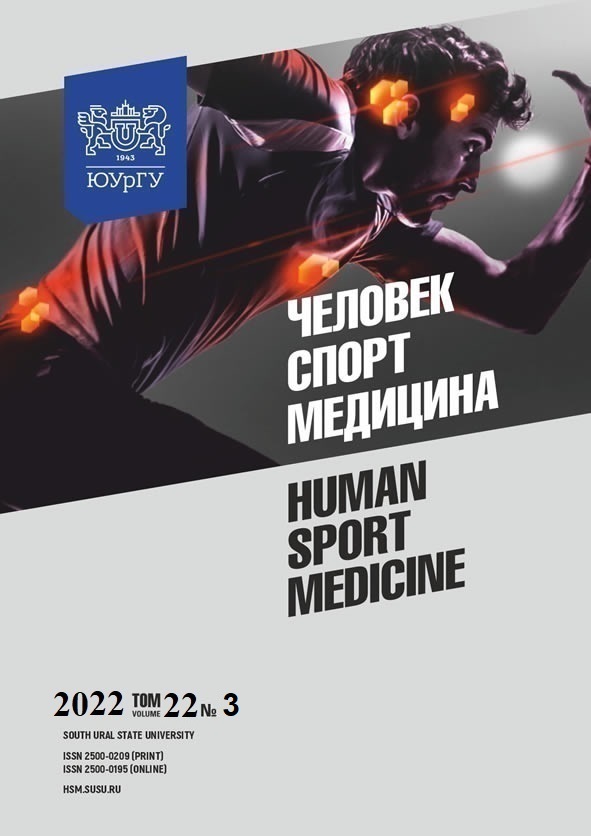ANTHROPOMETRIC CHARACTERISTICS OF JUNIOR MALE ATHLETES – KARAKALPAKSTAN RESIDENTS
Abstract
Aim. The aim of the study was to compare the anthropometric parameters that characterized overall and partial body dimensions, vital capacity, skinfold thickness, bone massiveness, and body type in junior male athletes and their untrained peers, grown up and living in the Aral region. Materials and methods. 161 male volunteers aged from 17 to 22 years were divided into two groups. The first (control) group consisted of 75 students from the department of biology (Karakalpak Berdakh State University) not accustomed to regular sports participation. The second (athletic) group included 86 students from the department of physical education of the same university. All volunteers underwent assessment procedures
(26 anthropometric and physiological parameters) according to the study protocol. The comparison of the results obtained in both groups was carried out using the Mann–Whitney U-test. Results. The members of the so-called athletic group had predominantly a dolichomorphic body type with a flatter thorax of larger circumference, a lower mean skinfold thickness and high values of vital capacity. No significant differences were found in terms of body length, shin length, and skinfold thickness in several body areas. Conclusion. The elicited differences are regarded to result from conscious or methodical professional sports selection.
References
References on translit
Copyright (c) 2022 Human. Sport. Medicine

This work is licensed under a Creative Commons Attribution-NonCommercial-NoDerivatives 4.0 International License.















